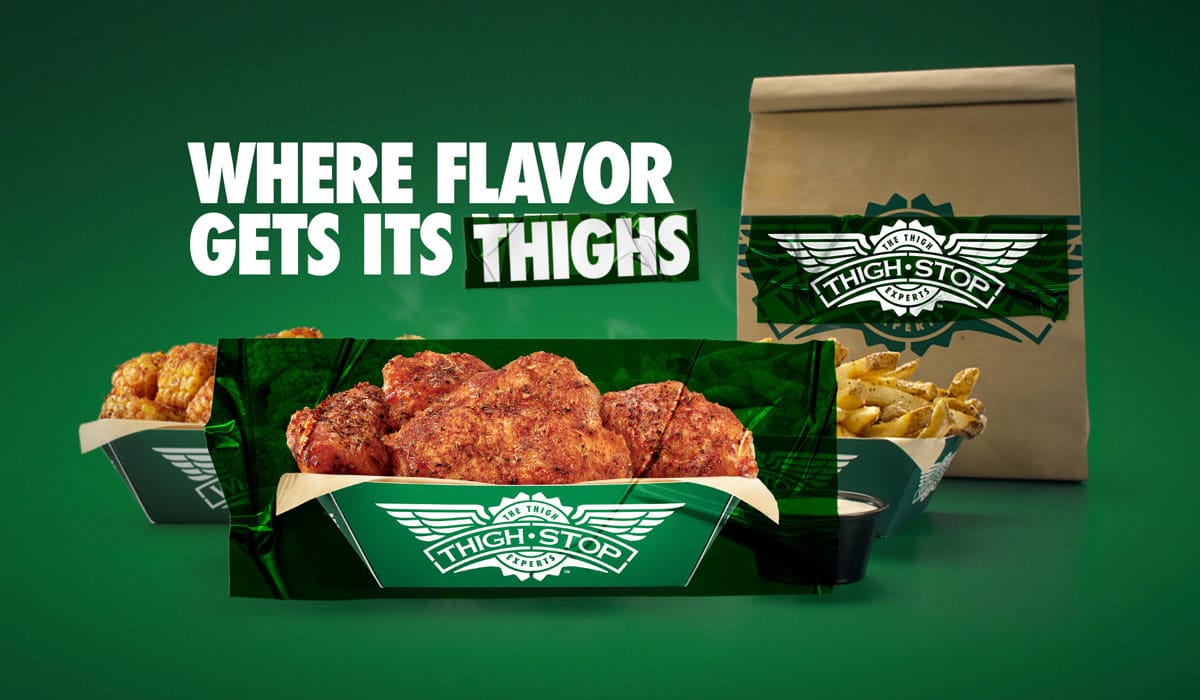Restaurant trends come and go, but the continued success of virtual concepts has restaurant brands of all service models experimenting with their own offerings. What was once a fringe idea is now a significant revenue driver for many of the largest restaurant chains. We’ve seen Chili’s launch It’s Just Wings and Tender Shack, generating a combined estimated $225 million annually. Some estimates project there are already thousands of virtual concepts serving hungry guests. On the Olo platform alone, more than 50 virtual brands are live, with most of those launching in the last year alone.
Even as more restaurants open at full capacity, demand for delivery-based offerings holds steady. A recent survey found that 85 percent of consumers will continue to order takeout or delivery at least once per week despite easing restrictions. These new consumer habits, combined with the smaller up-front investment of time and resources needed to launch a virtual concept, offer restaurants an appealing way to increase revenue at higher margins. Brands such as Buca Di Beppo and Dog Haus use existing kitchen space to launch new concepts in just a few months. However, simply launching a new virtual concept doesn’t immediately guarantee success. To understand how virtual brands scale effectively we need to take a closer look at the tactics used to grow their audience and build best-in-class experiences.
Grow your audience:
Leveraging marketplaces: When looking to initially gain traction, preferred placement on marketplaces coupled with promotional offers can jumpstart a launch and drive consumers to your menu. Dog Haus focused on expanding reach for six unique virtual brands using paid promotions such as free delivery. This generated a steady flow of orders, increased visibility on marketplaces, and allowed their team to quickly determine which concepts were resonating with consumers.
Marketplaces aren’t the only answer. Virtual Dining Concepts, the parent company behind some of the most well-known virtual brands, emphasized the need for a direct ordering option to succeed long term. When launching MrBeast Burger, their team used marketplaces to garner interest alongside signage and giveaways to encourage consumers to download their branded ordering app.
Build versus Buy: As the virtual brand space has matured, a few models for growing an audience have emerged. Partnering with an influencer or celebrity is a popular avenue that provides immediate access to a core group of potential customers. Targeting a celebrity’s followers helps focus marketing efforts instead of trying to cast a wide net. As an example, Mariah’s Cookies targeted Mariah Carey’s 10 million-plus followers on Instagram to build awareness during their launch across 30 major U.S. markets.

This isn’t the only path to success, though. Brands such as Wingstop have capitalized on their strong brand affinity and launched Thighstop, enticing loyal customers to try something new. Dog Haus tapped into their existing customer base when launching six new concepts. All marketing materials included the phrase “Powered by Dog Haus” and each order included a postcard cross-promoting the other concepts under their umbrella. In addition, Dog Haus used social media, email, and text messaging campaigns to drive more traffic to their pages.
Other brands have chosen to carve their own path, creating unique virtual concepts with no celebrity backing or physical brand association. In short, there’s no one size fits all approach to growing a virtual audience. Play to your brand’s strengths and pursue strategies most aligned with your customers.
Creative branding and marketing:
Scrappy creativity: What’s old is new again. Some brands have experimented with local direct mail to target homes within the delivery radius of their virtual locations. These mailers included a QR code to drive customers directly to the brand’s ordering page.
Best of breed menus: With virtual menus, we’ve seen two common successful traits: make it unique and keep it simple. After launching over 50 virtual concepts, our team has found that smaller, more focused, menus see stronger results at launch. As they scale, brands can add more items if it makes sense. Before launch ask yourself the following questions.
- Is the menu simple and designed in a way that reduces the number of clicks needed to checkout?
- Are the food imagery and branding eye-catching and professional?
- Are you leveraging category header images and special offer banners to generate interest?
Check these boxes before launch.
Delivery handoff and packaging: Slapping a sticker on a brown bag and calling it a day won’t cut it. Never miss an opportunity to brand the experience and tie everything together. This is especially important when the packaging itself is the only real connection customers will have with your brand. Unique delivery boxes and bags help elevate virtual brands and preserve food quality during transit.
For delivery couriers, oftentimes the biggest challenge is knowing where to go to pick up a virtual order. This may not be immediately obvious so having clear signage and a pickup area for couriers at each location ensures handoff is efficient avoiding potential confusion.

Armed with these best practices, brands can set their future virtual concepts up for success. As the space becomes increasingly crowded, virtual concepts with a focus on creating a unique ordering experience will stand out. As with brick-and-mortar restaurants, owning your customer relationship, crafting a unique menu, and providing custom packaging will help build connections with customers even though they may never set foot in a physical location.
Jared Castronova is the Director of Marketing at Olo. Since 2017, he has been focused on helping restaurants fully leverage the Olo platform and grow their digital programs. Olo is the on-demand interface for the restaurant industry, powering digital ordering and delivery for over 400 restaurant brands.











